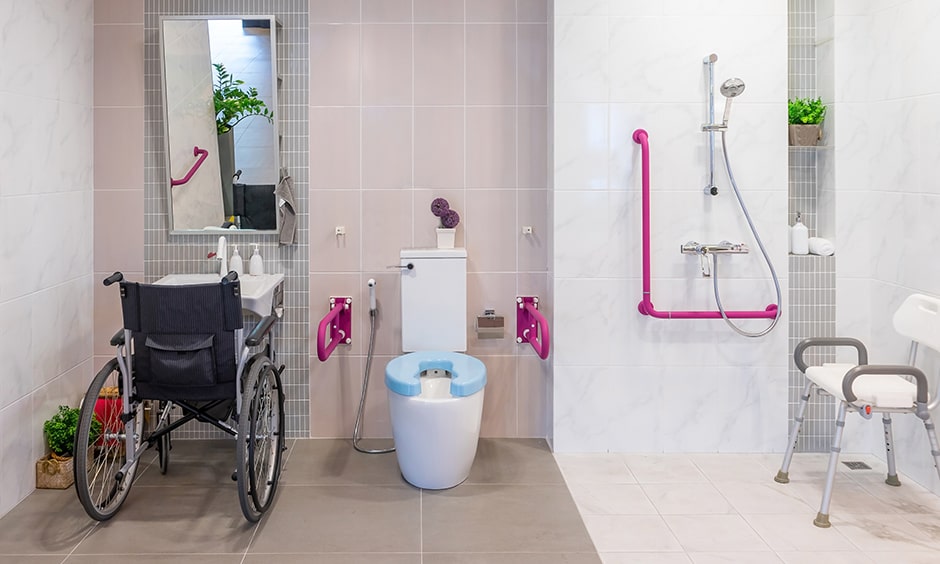In the quest for a safe and secure living environment, preventing trip hazards at home should be a top priority for homeowners. Whether you are young or old, the risk of tripping and falling is a concern that can affect everyone. Ensuring that your home is free of tripping hazards not only safeguards your physical health but also provides peace of mind.
In this comprehensive guide, we will delve into various aspects of home safety, focusing on strategies to prevent trip hazards. From simple adjustments to more extensive modifications, there are numerous steps you can take to create a safer home environment. We will explore practical tips, insightful advice, and provide resources to help you make informed decisions.

Understanding Trip Hazards
What Are Trip Hazards?
Trip hazards are obstacles or irregularities that can cause someone to stumble or fall. These can include uneven flooring, loose rugs, cluttered pathways, and even unexpected changes in floor levels. Identifying and addressing these hazards is crucial for maintaining a safe home.
Why Addressing Trip Hazards Is Important
Addressing trip hazards is vital because falls are a leading cause of injury in the home. By mitigating these risks, you can prevent accidents that could lead to serious injuries, especially for vulnerable populations like children and the elderly.
Identifying Common Trip Hazards in Your Home
Cluttered Walkways
Cluttered walkways are a common trip hazard in many homes. Ensure that hallways and corridors are free from objects that could cause someone to trip. Regularly tidy up and organize to maintain clear pathways.
Loose Rugs and Carpets
Loose rugs and carpets can easily bunch up and create a trip hazard. Use non-slip pads or double-sided tape to secure them in place. Consider replacing old or frayed rugs that cannot be adequately secured.
Uneven Flooring
Uneven flooring, such as transitions between different types of flooring, can be a significant trip hazard. Use transition strips to smooth out these areas and reduce the risk of tripping.
Implementing Solutions to Prevent Trip Hazards
Organizing and Decluttering
Regularly organizing and decluttering your home can significantly reduce trip hazards. Allocate specific places for items, and ensure that they are returned to these spots to avoid clutter.
Using Non-Slip Mats and Rugs
Invest in non-slip mats and rugs for areas prone to moisture, such as bathrooms and kitchens. These mats provide extra traction and help prevent slips and falls.
Secure Loose Cords and Wires
Cords and wires can easily become trip hazards. Use cord organizers or clips to secure them along walls or under furniture, keeping them out of walkways.
Safety Tips for Different Areas of the Home
Living Room Safety
In the living room, ensure that furniture is arranged to allow free movement. Avoid placing coffee tables or ottomans in high-traffic areas where they might be a trip hazard.
Kitchen Safety
Keep kitchen floors dry and free of spills. Use non-slip mats near the sink and stove to prevent trip hazards in these areas.
Bathroom Safety
Install grab bars and non-slip mats in the bathroom to reduce the risk of falls. Ensure that the bathroom is well-lit to help identify potential trip hazards.
Utilizing Home Modifications for Enhanced Safety
Installing Handrails and Grab Bars
Handrails and grab bars provide additional support and stability, especially in areas with stairs or slippery surfaces. These modifications can significantly reduce trip hazards.
Adjusting Lighting
Proper lighting is essential for identifying trip hazards. Ensure that all areas of your home are well-lit, and consider using motion-sensor lights for added convenience.
Flooring Solutions
Consider flooring solutions that offer better traction, such as non-slip tiles or textured vinyl. These options can help reduce the risk of slipping and tripping.
Resources for Home Safety Improvements
For more information on securing your home and preventing trip hazards, visit safe flooring for elderly and home safety modifications.

FAQ Section
What are some common trip hazards in the home?
Common trip hazards include cluttered walkways, loose rugs, uneven flooring, and unsecured cords.
How can I prevent falls in my kitchen?
To prevent falls in the kitchen, clean up spills immediately, use non-slip mats, and ensure adequate lighting.
Are handrails necessary for home safety?
Handrails provide additional support and are highly recommended for stairways and bathrooms to reduce trip hazards.
This article contains affiliate links. We may earn a commission at no extra cost to you.

